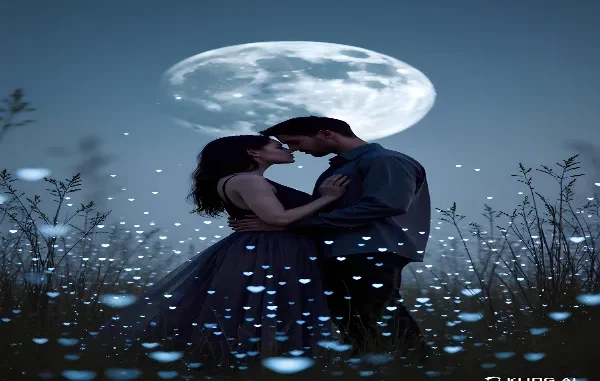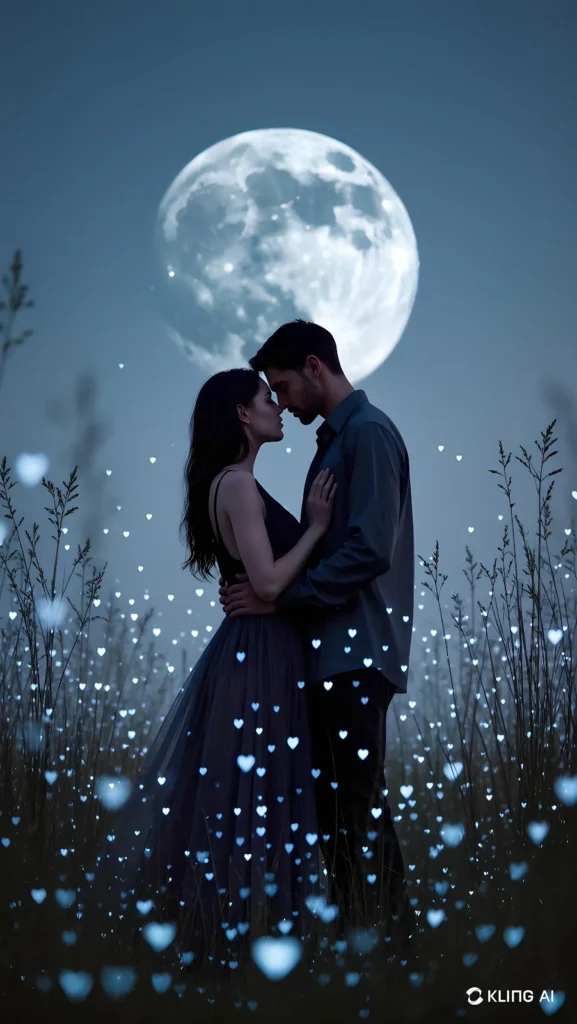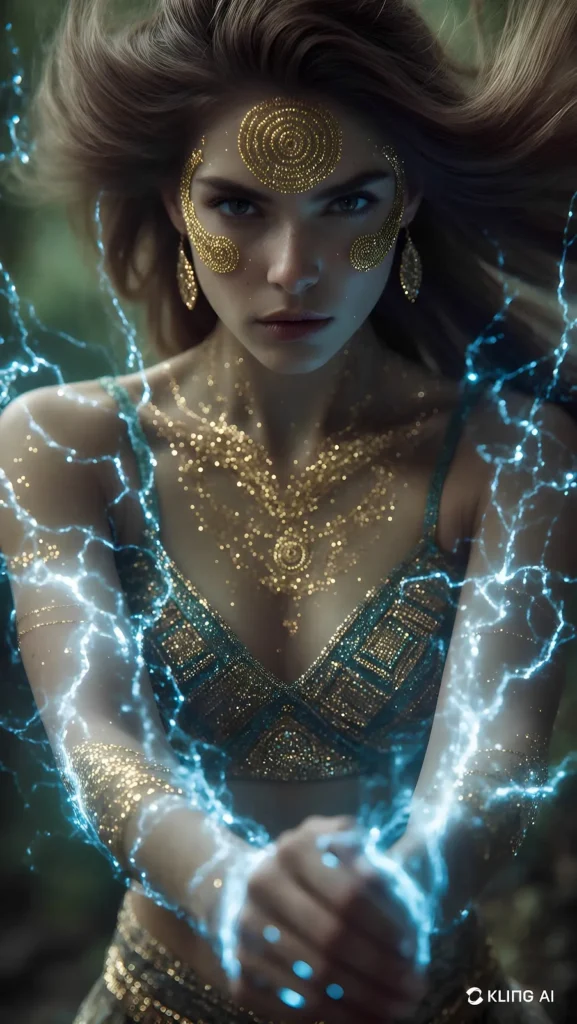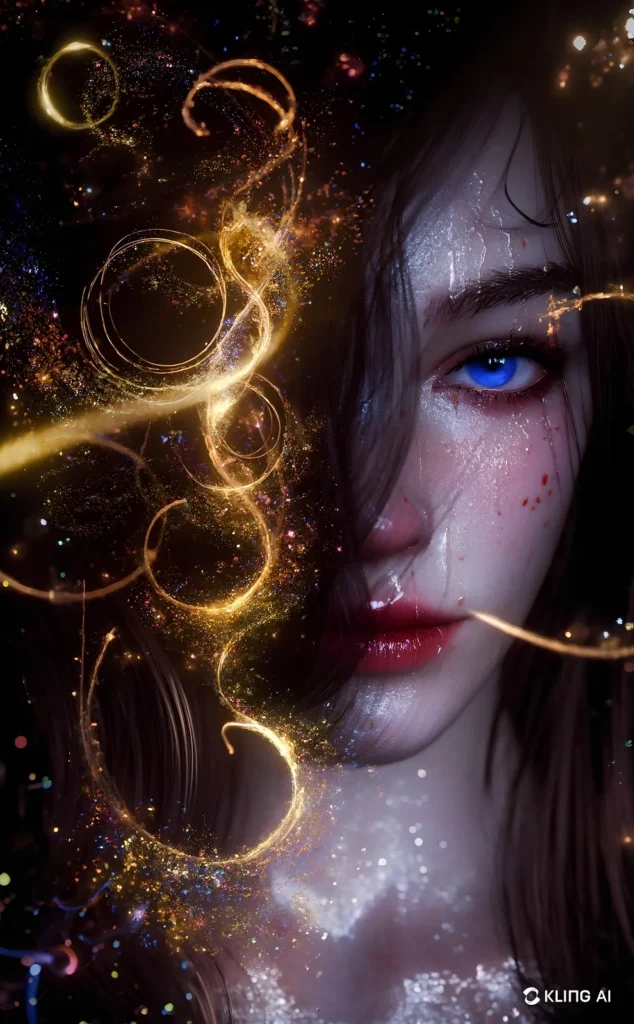
For photographers and digital artists, the eternal quest for perfect image enhancement has often meant wrestling with quality loss and time-consuming workflows. Traditional editing tools force creators to choose between dramatic transformations and maintaining image integrity. But what if you could push creative boundaries while preserving pristine image quality? AI photo generators are revolutionizing this landscape, offering unprecedented creative control without the usual technical compromises.
These intelligent tools are not just another set of filters – they represent a fundamental shift in how we approach photo editing, enabling artists to achieve previously impossible effects while maintaining professional standards. In this guide, we’ll explore how AI generators are solving age-old editing challenges, demonstrate practical workflows that preserve quality, and show you how to harness these powerful tools to elevate your photography without sacrificing the technical excellence your work demands.
Understanding AI Photo Generators: Beyond Basic Filters
AI photo generators represent a quantum leap beyond traditional image editing tools, powered by sophisticated neural networks and generative adversarial networks (GANs). Unlike conventional filters that simply apply preset adjustments, these AI systems analyze and understand image content at a deeper level, learning from millions of professional photographs to generate intelligent enhancements.
The evolution from early neural filters to today’s advanced image-to-image generators marks a paradigm shift in digital photography. While Photoshop and Lightroom rely on pixel-level manipulations, AI generators can interpret artistic intent, preserving the photographer’s vision while executing complex transformations. Professional photographers are increasingly incorporating these tools into high-stakes commercial shoots, fashion editorials, and fine art projects.
The technology excels in situations where traditional editing would require hours of manual retouching, such as seamless sky replacements, sophisticated portrait enhancements, and creative style transfers. This advancement doesn’t replace professional expertise but rather amplifies it, allowing photographers to push creative boundaries while maintaining the technical excellence their clients expect.

Solving Photographers’ Core Challenges
Elevating Imagery Through AI Augmentation
AI generators are transforming how photographers approach creative roadblocks and technical limitations. Through sophisticated style transfer algorithms, photographers can instantly explore diverse artistic directions while maintaining the fundamental integrity of their images. The technology excels at enhancing subtle details – from skin texture refinement to environmental elements – without introducing the telltale artifacts common to traditional filters.
Professional photographers have successfully used these tools to elevate commercial real estate photography by enhancing architectural details, and wedding photographers are using AI to perfect challenging lighting conditions in ceremony shots. One notable example includes a landscape photographer who transformed a flat, overcast scene into a dramatic sunset vista while preserving natural-looking cloud formations and lighting gradients.

Streamlining Workflows Without Sacrificing Quality
The efficiency gains from AI generators extend far beyond creative enhancement. Photographers handling high-volume projects can now automate traditionally time-consuming tasks with unprecedented precision. Background removal, once a painstaking manual process, can be executed with single-click accuracy while preserving complex elements like hair and transparent objects.
Color grading across entire photo series maintains consistency while adapting to each image’s unique characteristics. The batch processing capabilities allow photographers to apply sophisticated enhancements across hundreds of images while maintaining individual image optimization.
For wedding and event photographers, this means delivering larger portfolios faster without compromising on quality. Studio photographers can now focus on creative direction rather than technical execution, knowing that AI tools will maintain professional standards across every image.

Step-by-Step: Integrating AI Generators into Your Editing Workflow
Preparation Phase: Selecting the Right Base Image
Success with AI generators begins with optimal source material. Select RAW images whenever possible, ensuring resolution exceeds 3000×2000 pixels for maximum processing flexibility. Pay special attention to exposure balance – while AI can enhance images, it performs best with well-exposed shots that retain detail in both highlights and shadows. Compose images with intention, leaving adequate space around subjects for potential AI-driven expansions or modifications. Avoid heavily compressed JPEGs or images with significant noise, as these technical limitations can compound through AI processing.
Execution: AI Tools in Action
When crafting prompts for AI enhancement, start with clear descriptive language focusing on your desired outcome. For portrait retouching, use specific terms like “natural skin texture,” “subtle catch lights,” or “professional studio lighting.” Adjust parameters incrementally – start with conservative settings around 30-40% strength and build up gradually. This approach helps maintain photorealistic results while avoiding over-processed appearances. Monitor preview outputs carefully, paying special attention to edge transitions and texture consistency.
Post-Processing: Blending AI and Manual Edits
Import AI-enhanced images into your primary editing software as new layers above the original. Use layer masks to selectively reveal AI enhancements, particularly in transition areas between modified and original elements. Verify image quality by examining critical areas at 100% zoom – check for consistent noise patterns, edge definition, and color accuracy.
Apply selective sharpening only after AI processing to maintain natural detail. For final touches, use adjustment layers to unify the overall look, ensuring AI-enhanced areas blend seamlessly with untouched portions of your image. Regular quality checks at multiple zoom levels help maintain professional standards throughout the process.
Creative Revolution: AI for Visual Storytelling
AI generators are transforming visual storytelling by enabling photographers to maintain consistent themes across entire photo series while pushing creative boundaries. Through sophisticated style transfer algorithms, photographers can now develop signature looks that automatically adapt to different lighting conditions and subjects, ensuring cohesive narratives in wedding albums, fashion lookbooks, and commercial campaigns.
The technology enables the creation of previously impossible perspectives – like aerial views of historical events or underwater scenes shot on land – while maintaining photorealistic quality. Experimental artists are combining multiple AI models to develop unique artistic signatures, from surreal double exposures to seamless composite landscapes.
However, this creative freedom comes with ethical considerations. Professional photographers are developing best practices for disclosing AI enhancement in client deliverables, particularly in photojournalism and documentary work. The key lies in using AI as a tool for amplifying artistic vision rather than replacing authentic photographic moments, maintaining transparency while embracing the expanded creative possibilities these tools provide.
Choosing Your AI Creativity Tools: A Photographer’s Guide
Selecting the right AI photo generator requires careful evaluation of key technical capabilities that directly impact professional workflows. Resolution handling stands as a primary concern – look for platforms supporting outputs of at least 4K (3840×2160) to maintain quality for commercial work. Style range flexibility determines creative potential; leading platforms offer hundreds of fine-tunable artistic parameters rather than limited preset options.
Processing speed becomes crucial for high-volume work – top tools deliver results in under 30 seconds per image while maintaining consistent quality. Emerging solutions like Kling AI are setting new standards for professional image enhancement, offering advanced features specifically designed for commercial photographers. When evaluating subscription models, consider monthly image quotas against your typical workflow volume – unlimited plans often prove more economical for commercial photographers processing over 500 images monthly.
Hardware requirements vary significantly – local processing demands at minimum an 8GB GPU for reasonable performance, while cloud-based solutions require only stable internet connectivity. Factor in integration capabilities with existing editing software to maintain efficient workflows and prevent quality loss during file transfers between platforms.
The Future of Professional Photography in the AI Era
The integration of AI photo generators into professional photography workflows marks a transformative shift in how we approach image enhancement. These tools have successfully bridged the gap between ambitious creative vision and technical excellence, enabling photographers to push boundaries while maintaining the highest quality standards.
As we’ve explored, AI generators excel not just in creative enhancement but in solving practical challenges that have long plagued professional photographers – from time-consuming retouching to maintaining consistency across large portfolios. The technology continues to evolve rapidly, with each new iteration bringing more sophisticated capabilities and finer control over the creative process.
For photographers ready to embrace this evolution, the key lies in thoughtful integration: starting with small experiments, developing systematic workflows, and gradually expanding AI’s role in their creative process. By approaching AI as a collaborative tool rather than a replacement for photographic expertise, professionals can harness its power to elevate their work while maintaining their unique artistic voice.
The future of photography isn’t about choosing between traditional craft and technological innovation – it’s about leveraging both to create images that were once impossible while preserving the authenticity and quality that define professional photography.






Leave a Reply